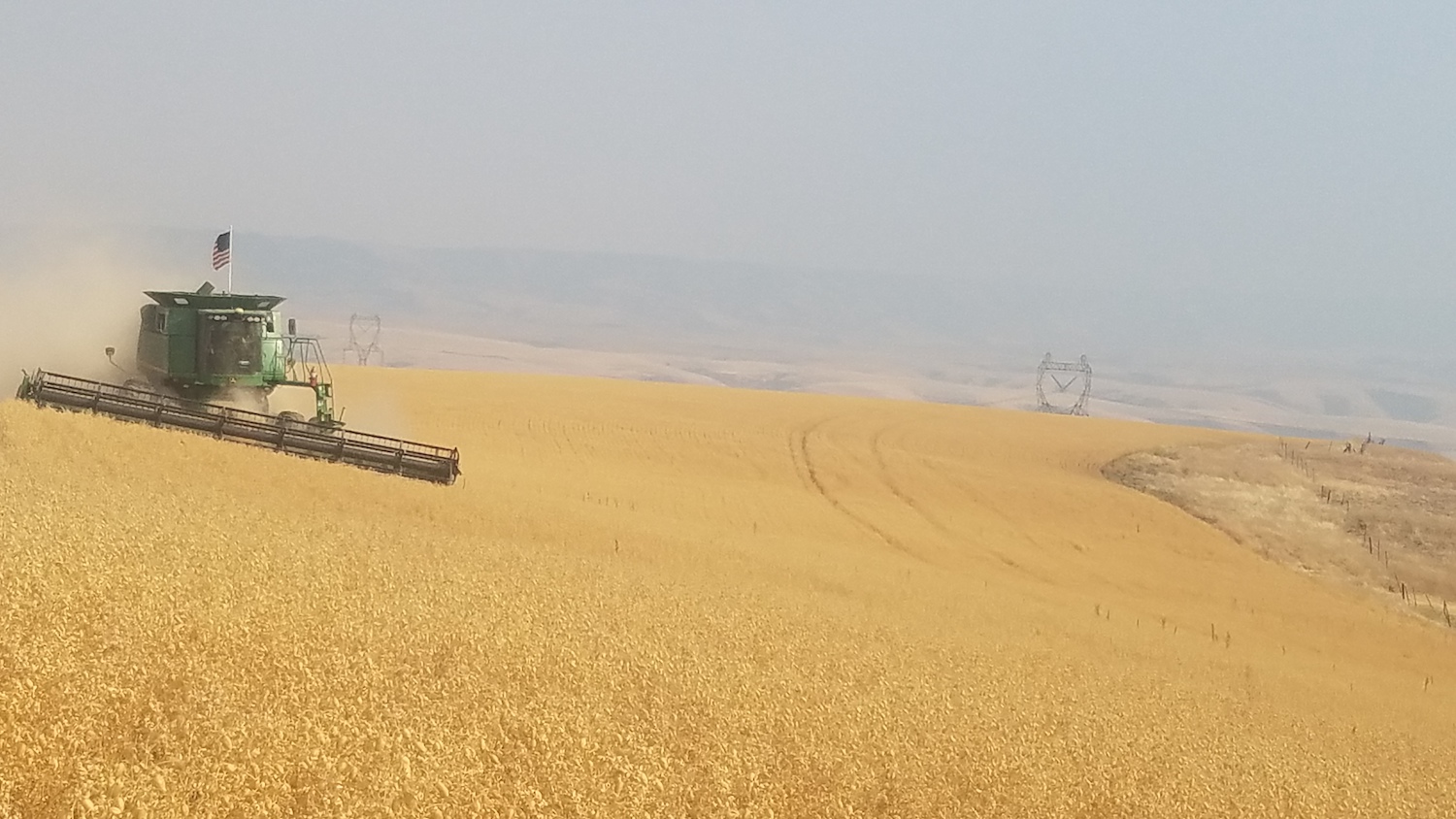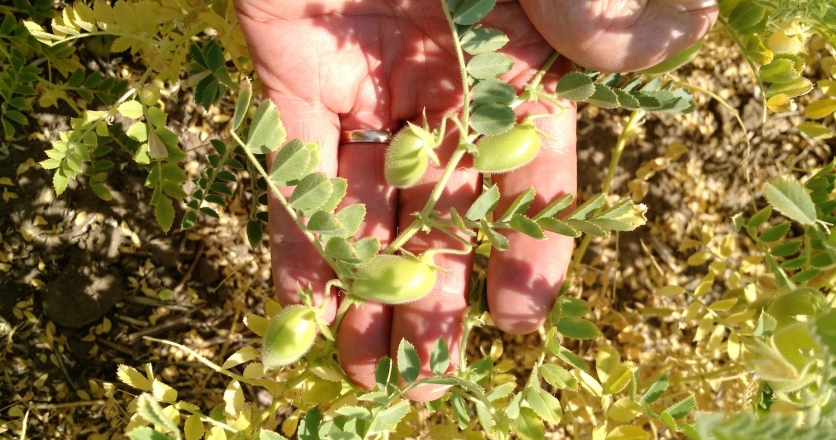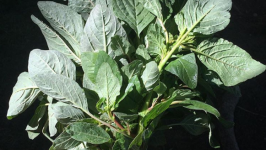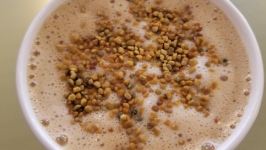Homegrown Hummus
It all started when Janine Zacca Zenner’s mother saw her making their family’s traditional Lebanese hummus recipe with chickpeas from a can.
Janine’s in-laws own and operate the Zenner Family Farms in Genesee, and her mother knew they grew garbanzo beans—also called chickpeas or “garbs”—there.
“‘What are you doing? Why aren’t you using their beans?’” Janine recalled her mom saying. “I said, ‘No, it’s too hard.’ She said, ‘Forget it, you’re going to learn how to do it.’”
Though the process to make hummus with fresh chickpeas is far more laborious than opening a can—you have to rinse them, soak them overnight, rinse them again, boil them for over an hour, drain and cool them—Janine agreed to try it, and Zacca Hummus was born.
What began in 2011 as a small operation out of her home kitchen grew in popularity. Now, Zacca Hummus is available in over 100 stores in five states. Throughout the business’s growth, Janine said one goal motivated her more than any other: to show people what hummus was supposed to taste like.
“That was my attitude, and it’s stayed strong because I feel like we’ve done our best to really keep that intact,” she said.
Zacca Hummus is an Idaho Preferred product—part of a program meant to highlight food and agricultural goods grown, raised or processed in Idaho. Janine said Zenner Family Farm chickpeas constitute 60% of the Zacca Hummus recipe, and she described the specialty bean they grow specifically for the hummus as “creamy and nutty,” providing the perfect base for her family recipe, which comes in traditional, poblano and roasted red pepper varieties. Zacca Hummus is free of GMOs and gluten, and uses no added oils or artificial preservatives.
“We’re not just saying we’re farm-to-table,” she said. “We actually prove we’re farm-to-table.”
Zacca Hummus is a microcosm of a larger trend across the United States: the use of homegrown garbanzos for domestic purposes, thanks in part to the growing American hummus market over the last decade.
U.S. chickpea acreage increased from 625,500 acres in 2017 to 859,600 acres in 2018, according to a report from the USA Dry Pea and Lentil Council and USDA National Agricultural Statistics Service. That nearly 38% increase is due to both domestic and foreign demands, and reflects an expansion in uses for chickpeas, including for pet food, meat substitutes and beyond. Chickpea production in Idaho alone has more than doubled since just a decade ago, according to USDA/NASS reports.
A combination of market demands and practical crop rotation advantages have made pulses (peas and beans) an integral part of many Idaho ag operations. One such operation is the Zenner Family Farm, now being run by the fourth generation of Zenner farmers: specifically Clint and Alecia Zenner.
Russ Zenner, a third-generation farmer and Janine’s father-in-law, said his grandfather immigrated from Luxembourg in 1908 and bought farmland on the Palouse in 1935—a portion of the land the family still farms today.
“At one point in time there were 13 of us in my generation who were farming in North Idaho from his start,” Russ said. “He was a pretty good businessman and raised a bunch of boys that loved farming.”
Russ said his family first started growing garbanzos at the end of his dad’s farming career, and they — along with other pulse crops, like dry peas and lentils—now serve a vital role in the overall crop rotation. Pulses fix atmospheric nitrogen, which increases the available nitrogen in the soil. This comes into play, Russ said, because pulse crops are typically followed by winter wheat, and winter wheat has nitrogen requirements that can be somewhat satisfied if pulses grew in that soil the prior year.
“In this dryland rotation that we have in this Palouse region, the pulse crops are a very important component,” he said.
Zenner Family Farm is combining generational knowledge with forward-thinking methods throughout their entire process, exemplified by their status as a Food Alliance and Farmed Smart certified operation. By using no-till and direct-seed techniques, Russ said, the farm is able to make a positive impact on regional air and water quality and improve the organic material in the soil, keeping carbon in the ground and decreasing the operation’s overall carbon footprint.
So when Janine started the journey that would eventually become Zacca Hummus, Russ said using their family’s garbanzos was the perfect opportunity to take that hard work straight to the consumer.
“It just made sense to leverage what we were doing on our farm in a product to put on the grocery shelf,” Russ said.
As Zacca Hummus expands, Janine said, the plan is to continue to use Zenner chickpeas. She said she is proud of the product, and especially where it comes from.
“We’re giving you what we say we’re giving you,: a true product from the farm.”
This article was funded through a partnership with Idaho Preferred. Edible Idaho retained control of its content.
Zenner Family Farms
Zacca Hummus | @zaccahummus
Idaho Preferred | @idahopreferred
USA Dry Pea and Lentil Council









